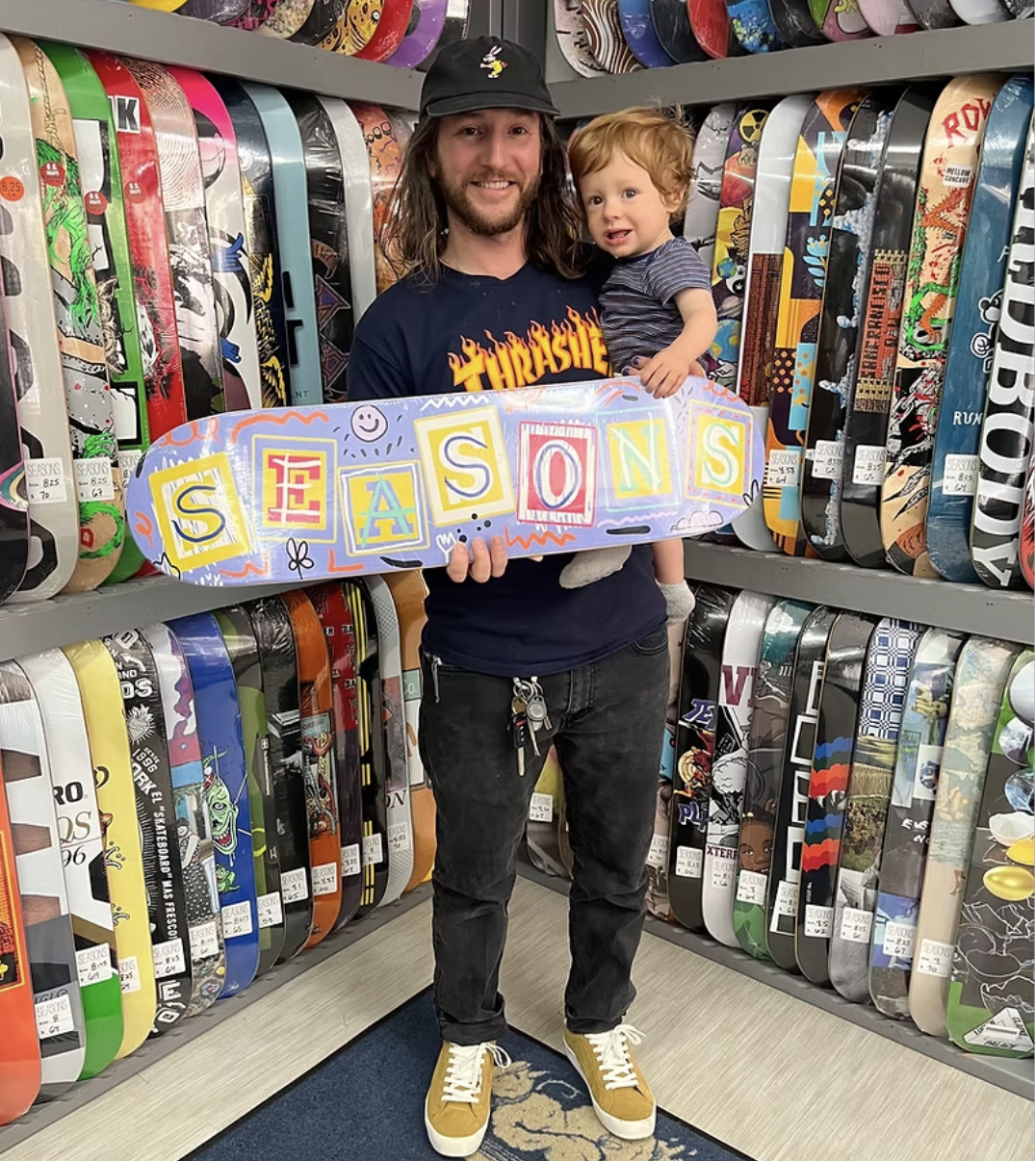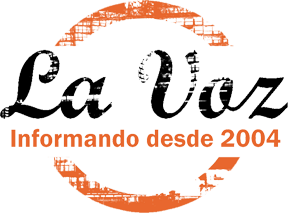
Ramiro Davaro-Comas: Painting as if Life Were a Matter of Balance and Exchange
Por Camilo Rojas
May 2025 Ramiro Davaro-Comas is an Argentine-American artist with experience in public art and artist residency management. He is the creator and former director of Dripped on the Road, a traveling artist residency program. He creates murals based on student artwork from drawing and mural workshops. Davaro-Comas’s public art practice centers students and community members in every aspect of the work. He creates large-scale murals with children. Additionally, Ramiro advises on public art projects, paints murals by private commission, and creates work for gallery exhibitions. He currently co-directs Super-Stories, an organization he launched with artist Grace Lang, which focuses on art education and large-scale mural projects.What does it mean to you to be Argentine in the Hudson Valley?
As an Argentine, I feel unique in the Hudson Valley. I came to the U.S. at age five, returned to Argentina at eight, and came back here at twelve. My father, a doctor, moved us back and forth. I attended high school in central Massachusetts and studied business at the University of Massachusetts, Amherst. I moved to New York City in 2013 and lived there for eight years. I always maintained an interest in painting and drawing during my time there. Drawing was an essential part of my childhood and a communication tool. I used art to learn English.
The Hudson Valley is a very creative place and has excellent small museums. It’s a perfect location for traveling to Boston, New York, Philadelphia, and DC. There are many underutilized resources. Life is about balance and exchange: one thing for another. So I’m grateful to be here, to create, and to raise our child in a pleasant, creative, and loving environment. Those who’ve been here longer should offer resources and teach those who’ve arrived more recently. Our diversity should not divide us but be our strength as a community.
How did you go from business to painting?
My parents didn’t support my artistic ambitions and instead suggested I study business. I followed their advice, but in the end, I used my business knowledge to build my art career, which I see as a small business. My business experience has been crucial in selling my work and ideas.
Do childhood memories impact your work? In what way?
Many styles I drew were influenced by the early cartoons I watched in Argentina, like Hanna-Barbera and many Fleischer brothers’ cartoons. My youngest memories constantly come and go and involve a close-knit family. So I have a series called Families, which I continue to show in certain places, and it relates to my experience and that of many others who immigrate and move from one place to another. My youthful experience and what I saw influenced my desire to create.
There’s a great mural tradition in Latin America, from Mexican and Chicano artists who paved the way for the New York graffiti movement. How has this art impacted you?
Murals from South America, especially Brazil and Argentina, have a unique look. European illustration characters had a big impact. The Brazilian twins “Os Gemeos,” who paint character-based murals, influenced my work. I discovered murals and graffiti mainly in magazines, since there wasn’t a street art culture in central Massachusetts where I lived.
You also do small studio paintings. Why murals?
Because more people can access and see them. When I started painting murals in New York in 2013, many people were painting murals. And you could be paid more to paint a mural than to sell a painting. I also came from house painting. So I knew how to paint big and fast. That drew me in, because I was always out on the street. I eventually made it my full-time job. There’s something special about public art. Whether political or not. You’re making a statement: public art and art are important for the community. As I matured as an artist, I shifted my focus from personal expression to community impact through public art. It became important for my work to resonate with the values, history, and identity of the community.
Who are your art heroes?
When I was young, the political illustrator Ralph Stedman influenced me. As I matured, my influences shifted to movements and artistic philosophies, like the inherent freedom of graffiti. I admire artists like Ai Weiwei and Keith Haring for their subversive art and community engagement.
Do you find a balance between your artwork, illustration work, and working with children?
There’s a pact of balance; mural work pays the bills and energizes studio work. Collaborating with students has influenced my new series. Young students are the most creative because they draw with confidence, without worrying about appearances or what others think. I incorporate their drawings into my work, which has made me rethink my visual work and collaborative projects. I’m interested in this because seeing work that isn’t so precise and perfect is refreshing.
Are the children aware that they’re collaborating with you, and what’s their perception of the final work?
It’s hard for young people to see the future and understand where it might go. Many young people are only interested in drawing and creating. I ask them to draw things that relate to them and their school identities. When they’re young, they just enjoy drawing and having a project that everyone can work on. The process is what they value.
What’s on your plate for the future?
I continue painting murals in public spaces and galleries. In September, I have a big exhibition of about twenty paintings and a mural at the Kirkland Art Center. I’m also continuing to develop the Families series and collaborating with students on another series called Mamarrachos. My partner Grace and I are always looking for new artists to bring into our community through our nonprofit organization, Superstories.
His work can be seen at these links:
ramirostudios.com/info
super-stories.org
La Voz, Cultura y noticias hispanas del Valle de Hudson
Comments | |
| Sorry, there are no comments at this time. |

